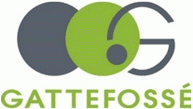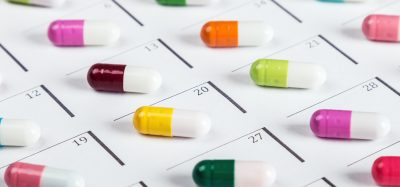Application Note: Gattefossé SAS – Investigating the lipolysis of lipid nanoparticles: impact on drug release properties
Posted: 11 February 2014 | Gattefossé | No comments yet
Solid Lipid Nanoparticles (SLN) and Nanostructured Lipid Carriers (NLC) are colloidal systems of interest for the delivery of poorly water-soluble drugs.
They are fine lipidic emulsions with droplet size of about 50 – 1000 nm, in which the liquid lipid of a regular emulsion is replaced by a solid core. The core is composed of triglycerides, glyceride mixtures or waxes that are solid at both room and human body temperature. Triacylglycerols (TAGs), diacylglycerols (DAGs), monoacylglycerols (MAGs), phospholipids, polysorbates, and polyethylene-glycols (PEGs) mono- and diesters are commonly used. All these molecules contain ester bonds that can be cleaved by lipolytic enzymes present in digestive fluid. Gattefossé routinely investigates the impact of lipid excipient digestion (lipolysis) on drug behavior in lipid based self-emulsifying formulations, and has now applied the technique to investigate the digestibility of SLN and NLC. SLN and NLC were prepared by high shear homogenisation and ultrasonication technique. Both comprise an aqueous phase of polysorbates (Tween® 80) and poloxamers 407 (Pluronic® F127). Precirol® ATO 5 is the lipidic phase of the SLN. The NLC contained Precirol® ATO 5 and medium chain triglycerides (Labrafac™ Lipophile WL 1349). Mean particle size diameter of the SLNs and NLCs was between 150 and 200 nm…
This application note is restricted - login or subscribe free to access


Why subscribe? Join our growing community of thousands of industry professionals and gain access to:
- bi-monthly issues in print and/or digital format
- case studies, whitepapers, webinars and industry-leading content
- breaking news and features
- our extensive online archive of thousands of articles and years of past issues
- ...And it's all free!
Click here to Subscribe today Login here










